Aviation Industries ــــ ⏱ 3 min read
Hydraulics in Aviation Industries
Hydraulic systems play a vital role in the aviation industry, serving as the driving force for controlling flight surfaces, landing gear, brakes, cargo doors, and other critical systems in aircraft and spacecraft. These systems use pressurized fluid (typically hydraulic oil) to transmit power and motion.
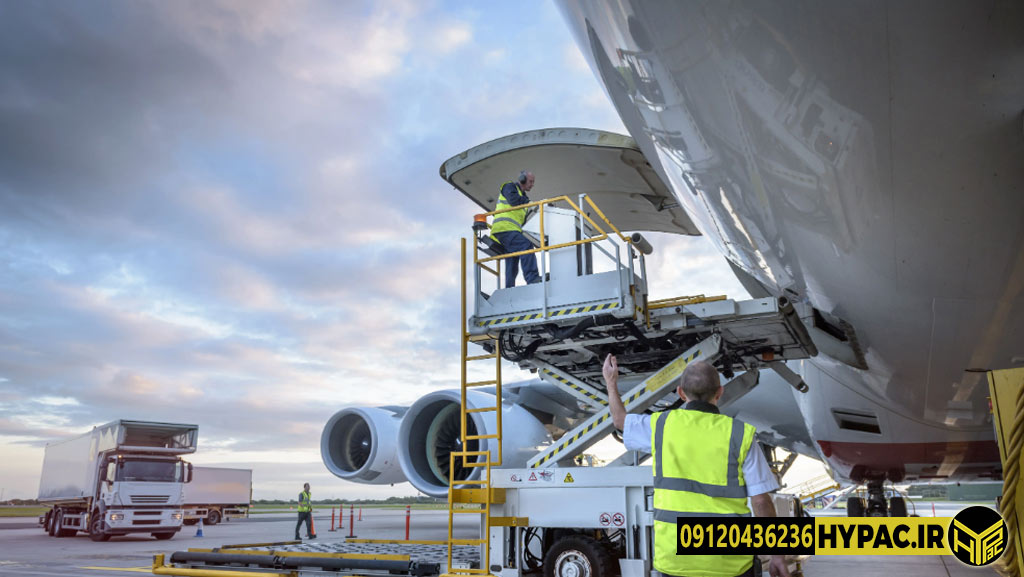
Applications of Hydraulics in Aviation
- Flight Control Systems:
- Control surfaces such as ailerons, flaps, rudders, and elevators.
- In large aircraft, hydraulics provide the force needed to move these heavy surfaces.
- Landing Gear:
- Extending and retracting landing gear and absorbing shock during landing.
- Brakes:
- Hydraulic brakes on aircraft wheels to reduce speed after landing.
- Cargo and Door Systems:
- Opening cargo doors and auxiliary systems like air stairs.
- Emergency Systems:
- Activating backup systems in case of primary system failure (e.g., emergency hydraulic pumps).
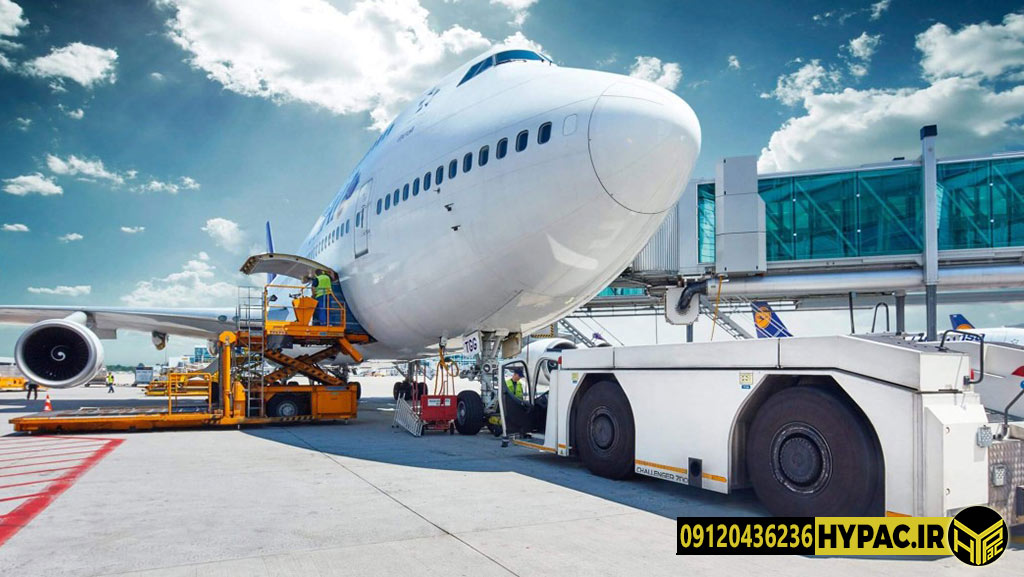
Advantages of Hydraulic Systems
- High Power: Ability to generate significant force with minimal weight.
- Quick Response: Precise and instantaneous control.
- Reliability: Performance under extreme conditions (temperature, vibration, pressure).
- Compatibility with Aircraft Design: Compact and flexible design.
Main Components of Aircraft Hydraulic Systems
- Hydraulic Pump: Generates pressure in the fluid (typically piston or gear pumps).
- Hydraulic Fluid: Specialized oils resistant to high temperatures and flammability (e.g., Skydrol).
- Actuators: Convert fluid pressure into mechanical motion (linear or rotational).
- Control Valves: Regulate fluid flow and pressure (e.g., servo valves).
- Reservoir: Stores and cools the hydraulic fluid.
- Pipes and Hoses: Transport pressurized fluid.
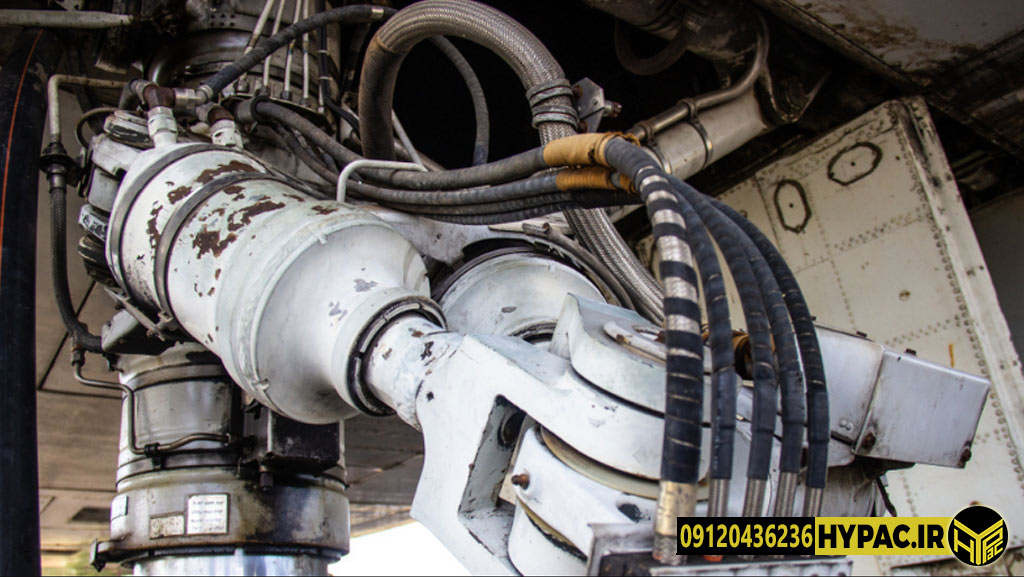
Challenges of Hydraulics in Aviation
- Weight: Reducing system weight to improve fuel efficiency.
- Fluid Leakage: Risk of fire or environmental contamination.
- High Temperatures: Operation under extreme temperature conditions (e.g., near engines).
- Maintenance: High costs of periodic inspections and repairs.
Advances and Modern Technologies
- Electro-Hydrostatic Actuators (EHA):
- Integration of electronics and hydraulics for precise control and weight reduction.
- Eco-Friendly Fluids: Replacing traditional oils with non-toxic alternatives.
- Smart Hydraulics: Use of sensors and monitoring systems (Health Monitoring) for predictive maintenance.
- More Electric Aircraft (MEA) Technology: Reducing reliance on hydraulics by replacing them with electrical systems.

Safety Standards
Hydraulic systems in aviation are subject to stringent standards such as:
- FAA (USA) and EASA (Europe)
- Pressure, leakage, and performance testing under extreme conditions (e.g., -50°C to +200°C)
Conclusion
Despite technical challenges, hydraulics remain a key technology in aircraft and spacecraft design due to their high power and reliability. With advancements in hybrid technologies (electric-hydraulic), these systems are expected to become smarter, lighter, and more environmentally friendly.

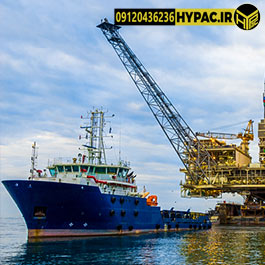
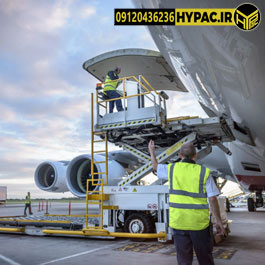
افزودن دیدگاه